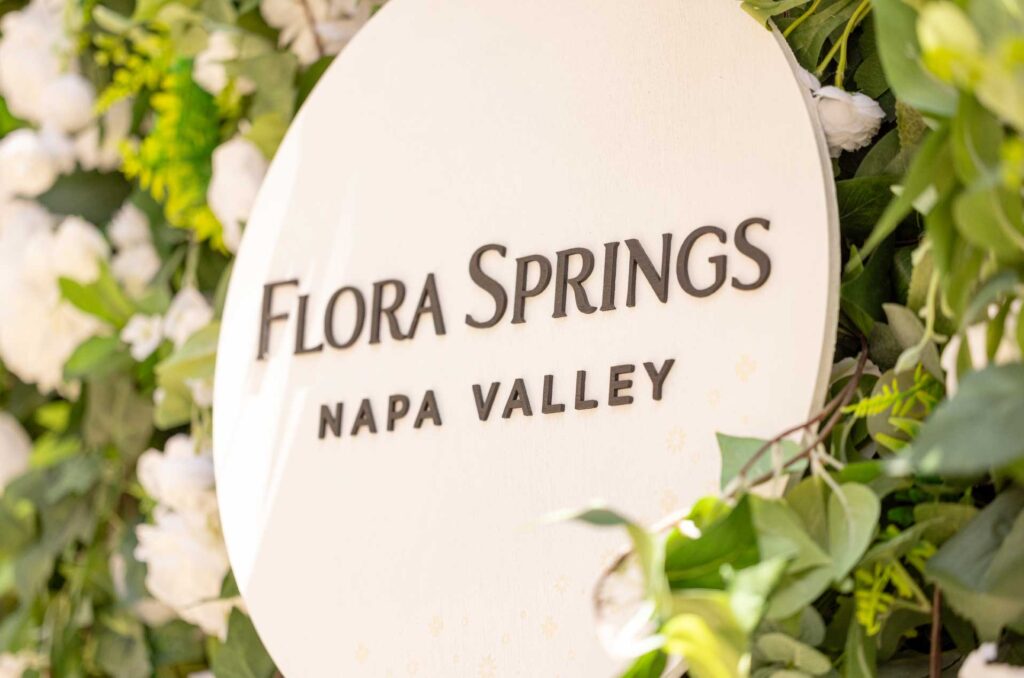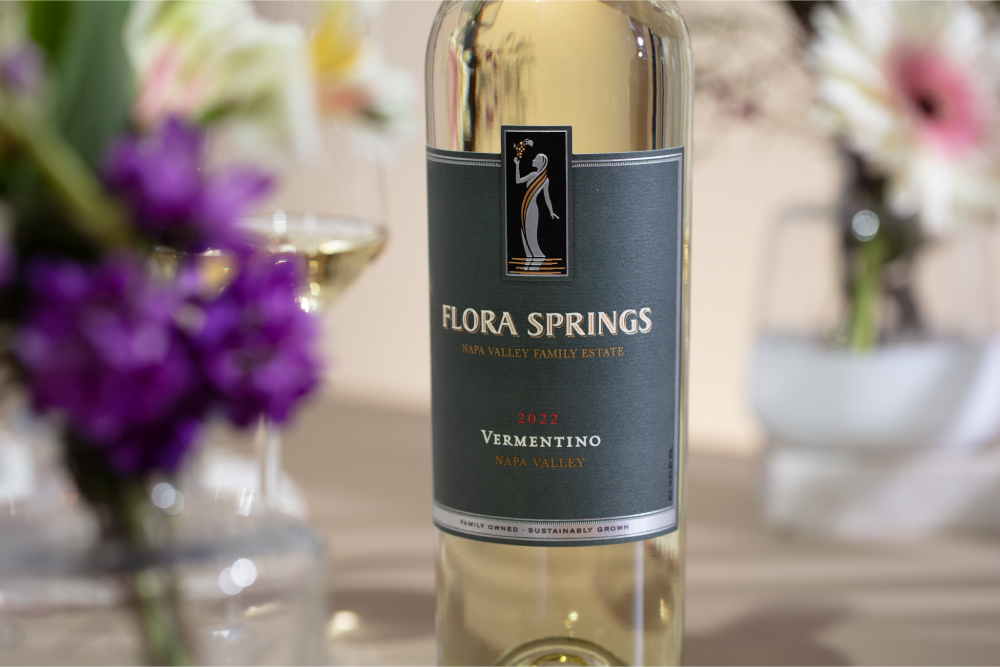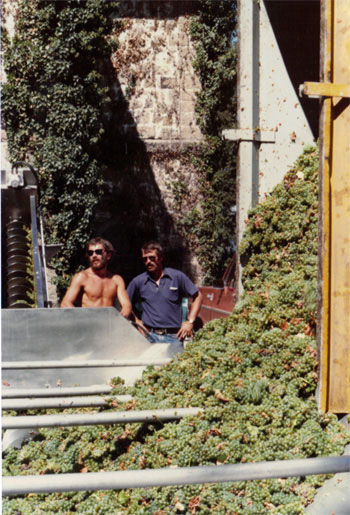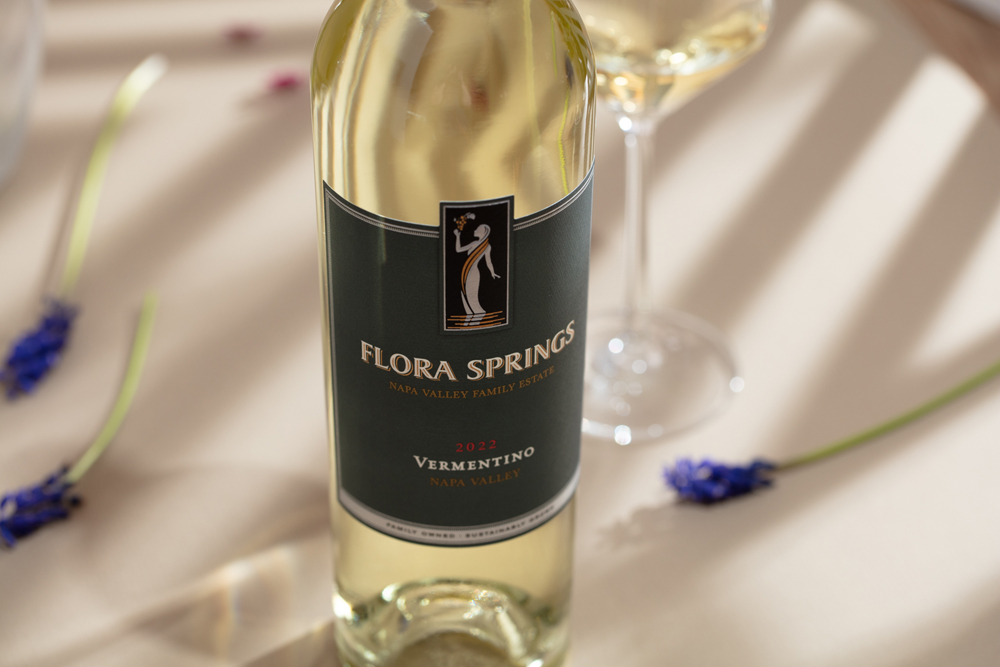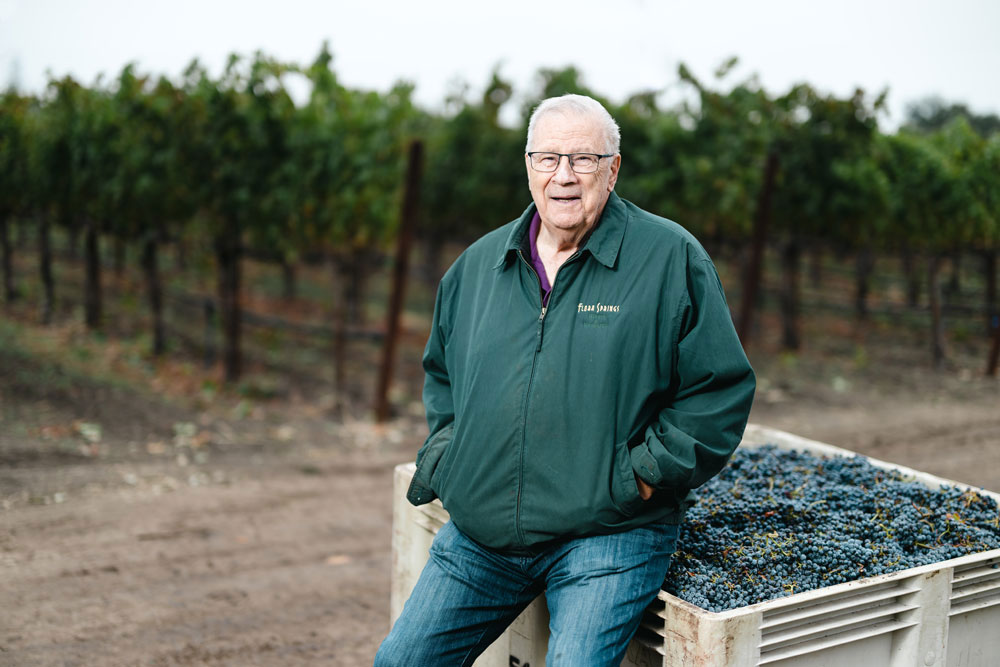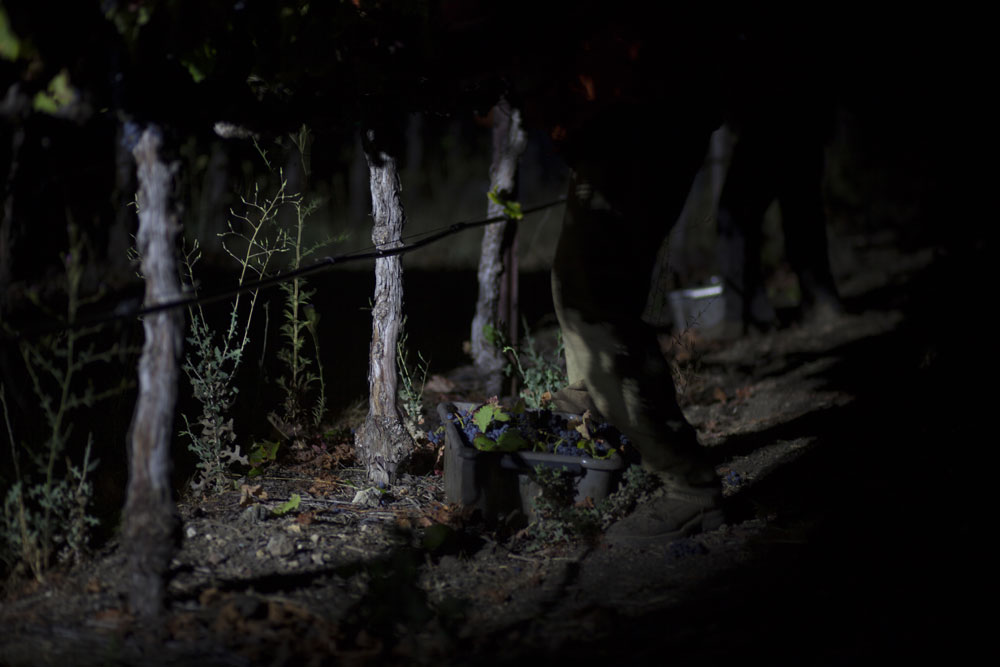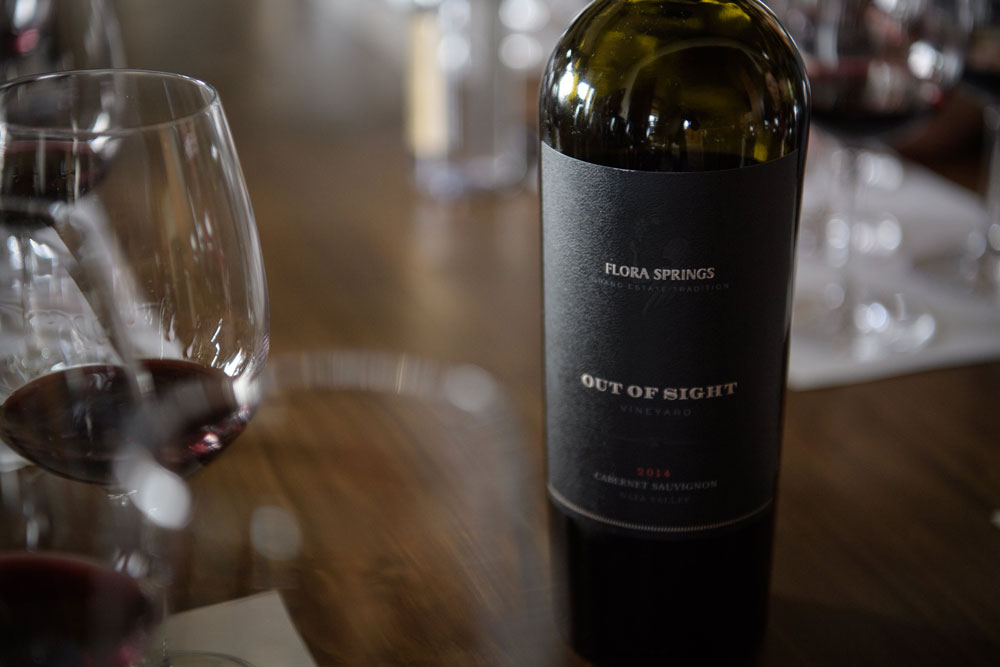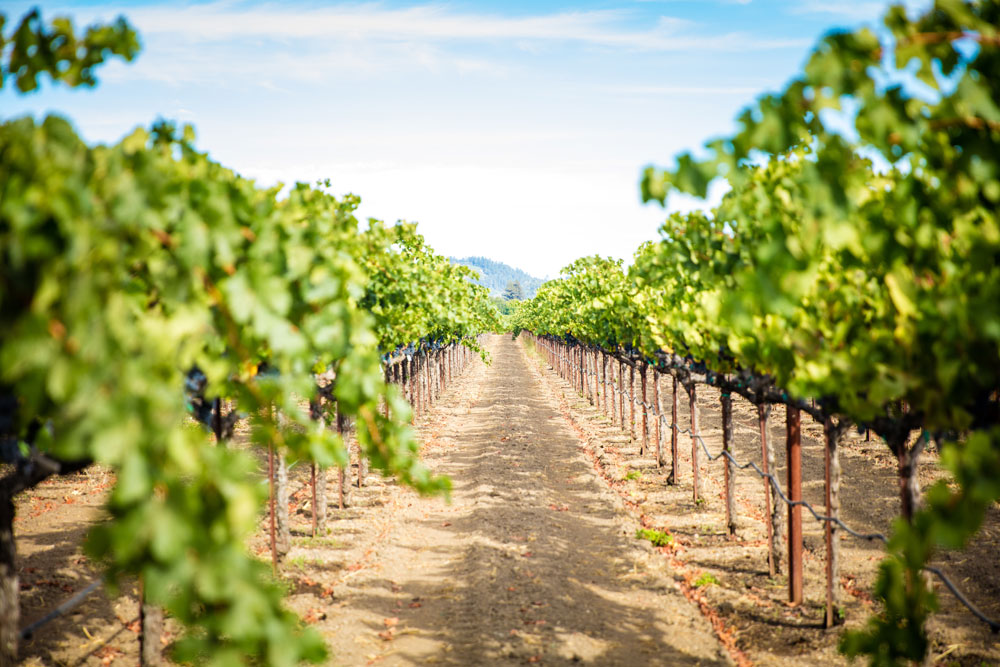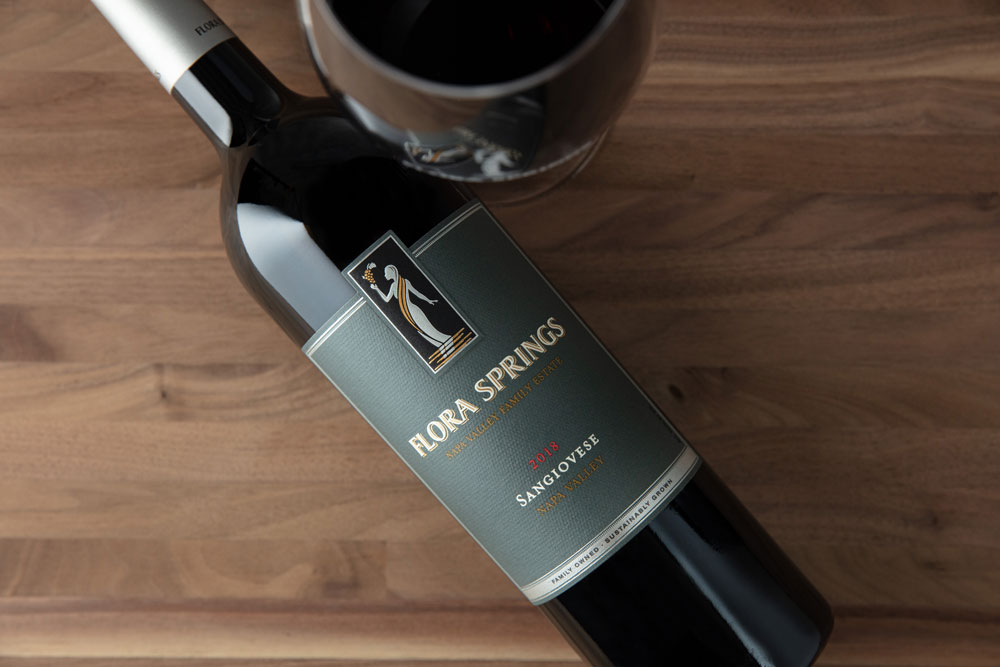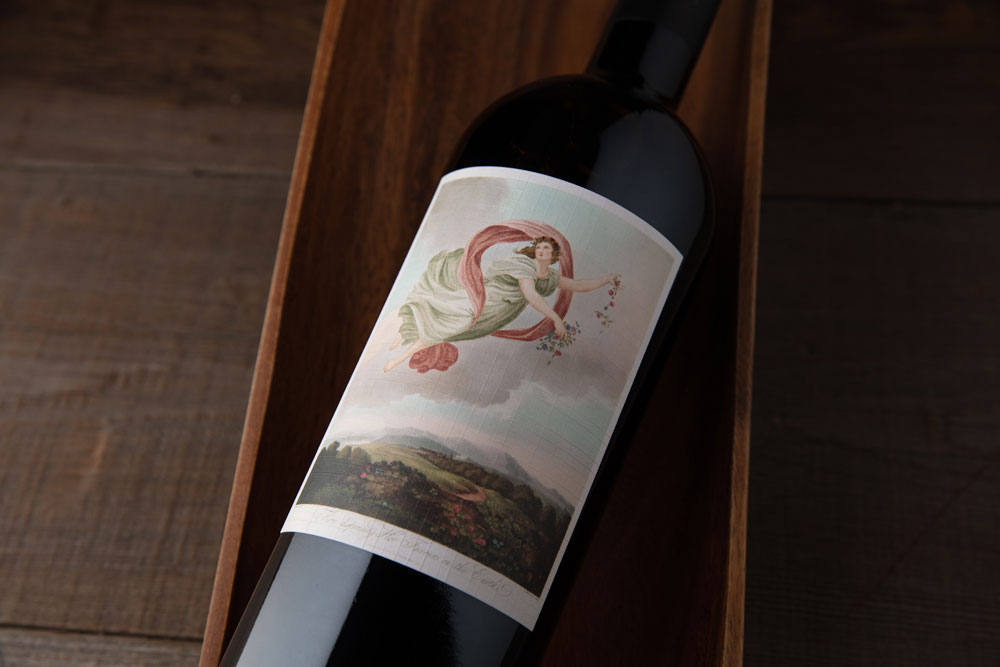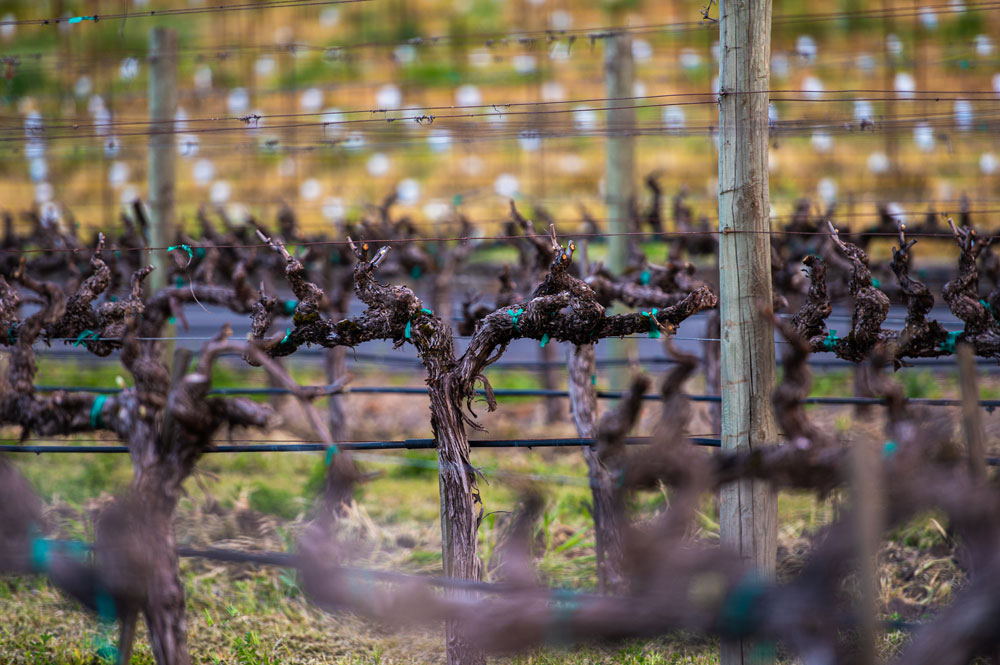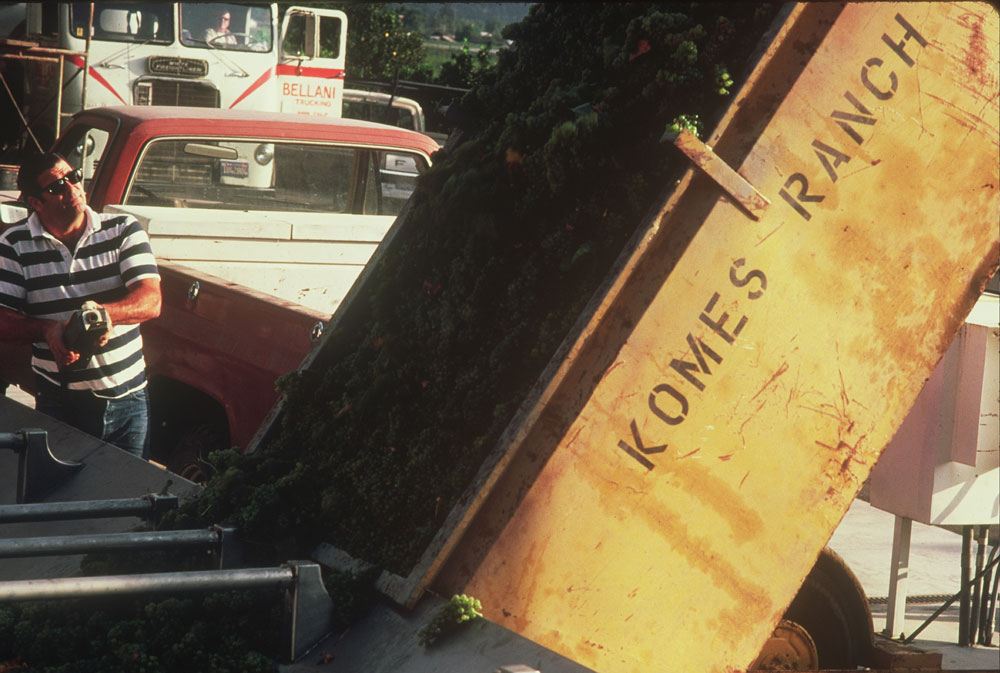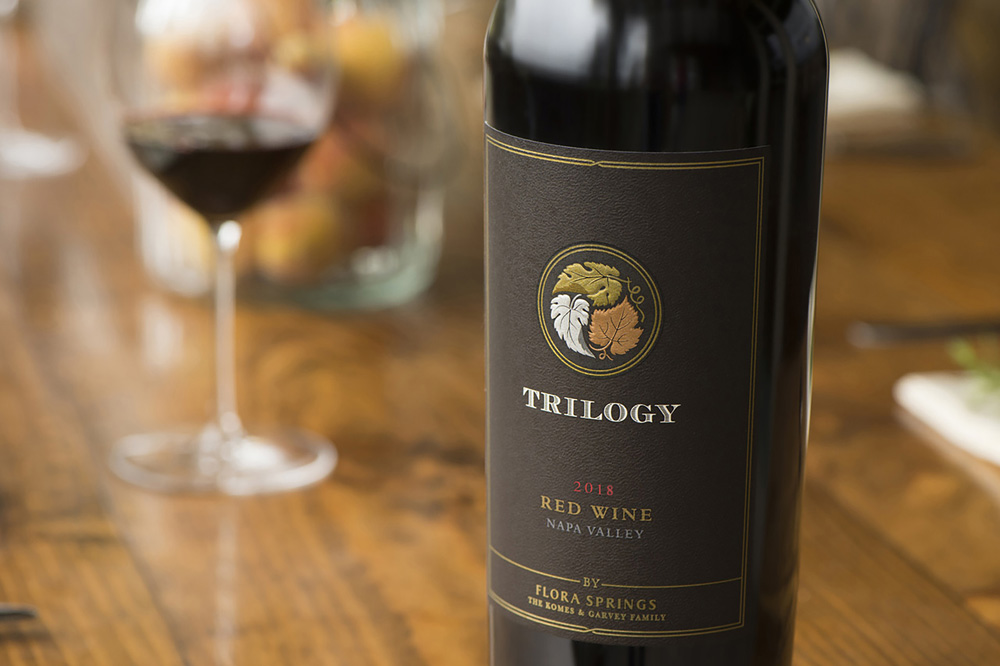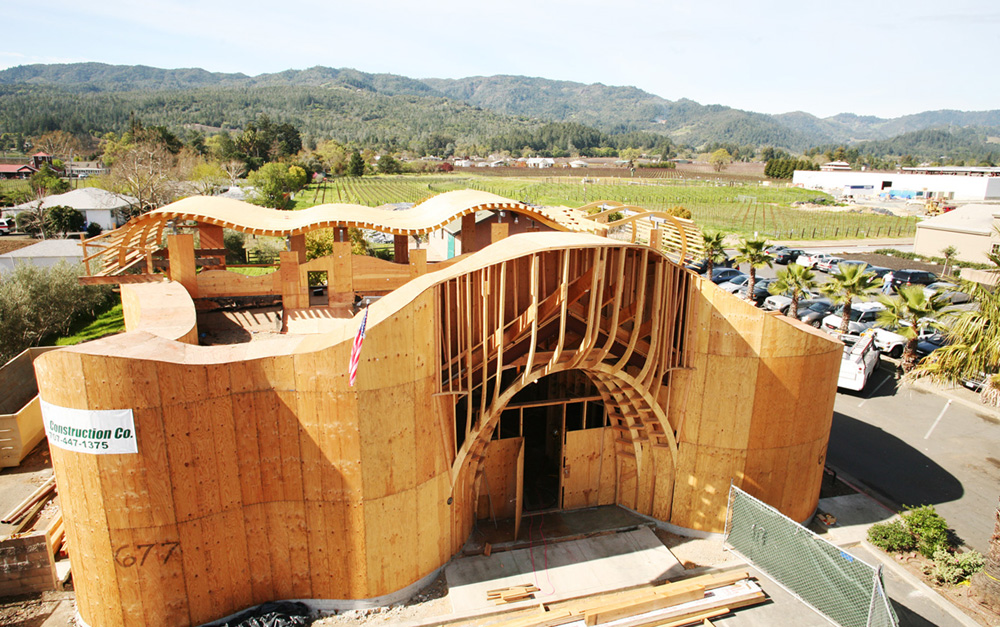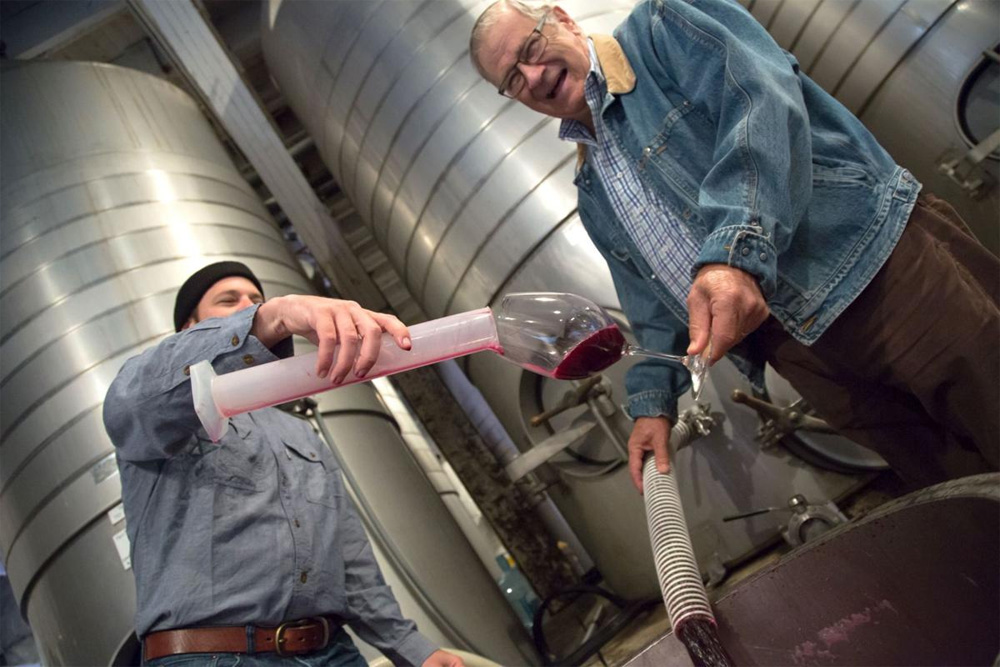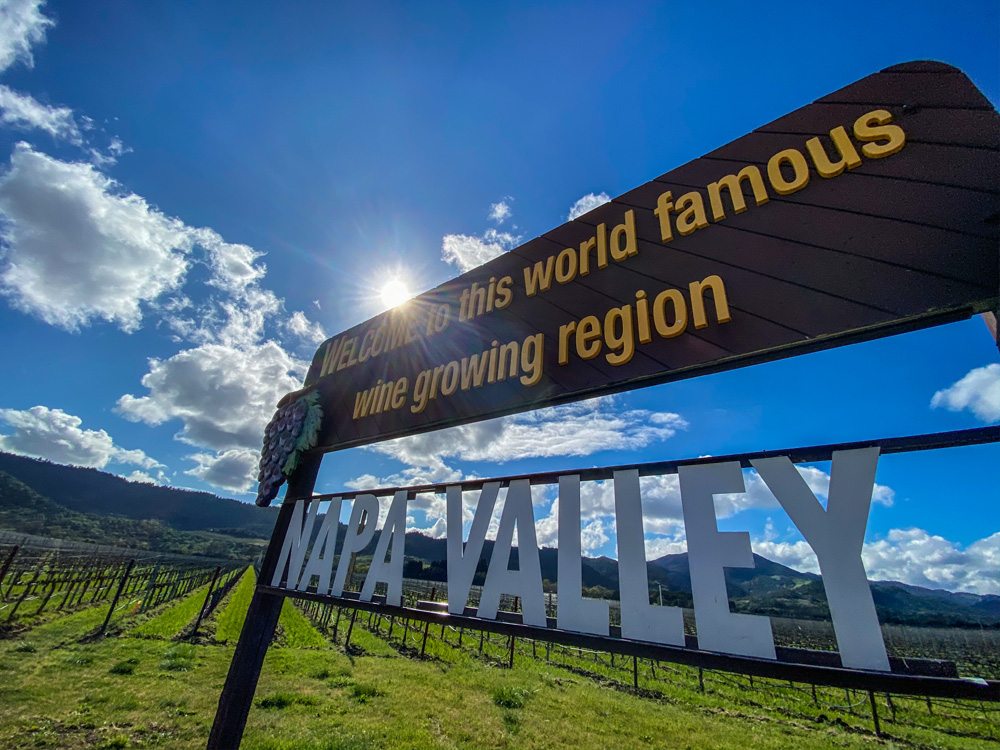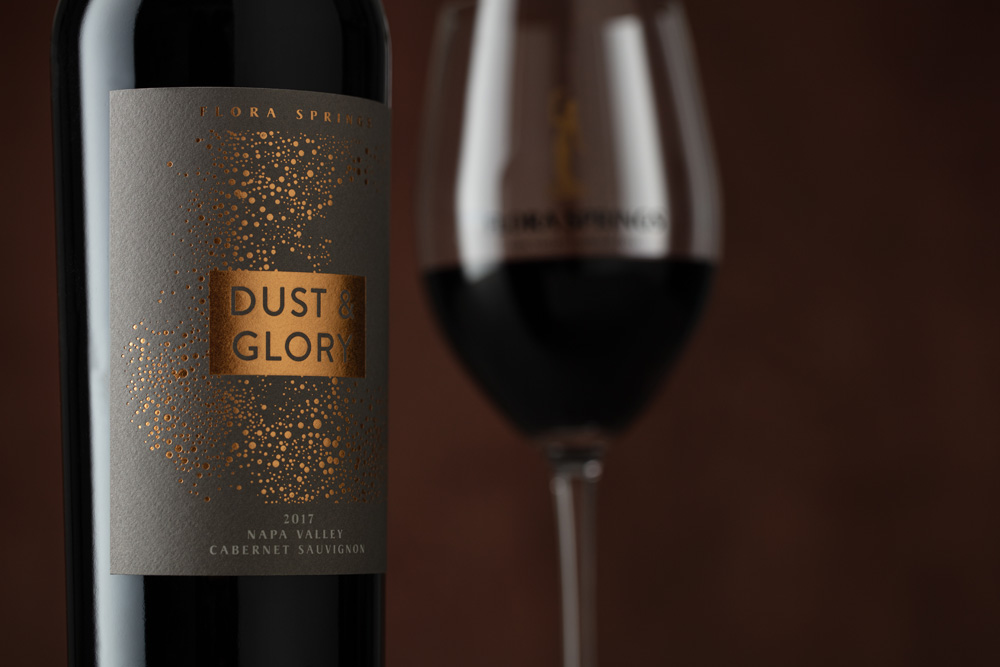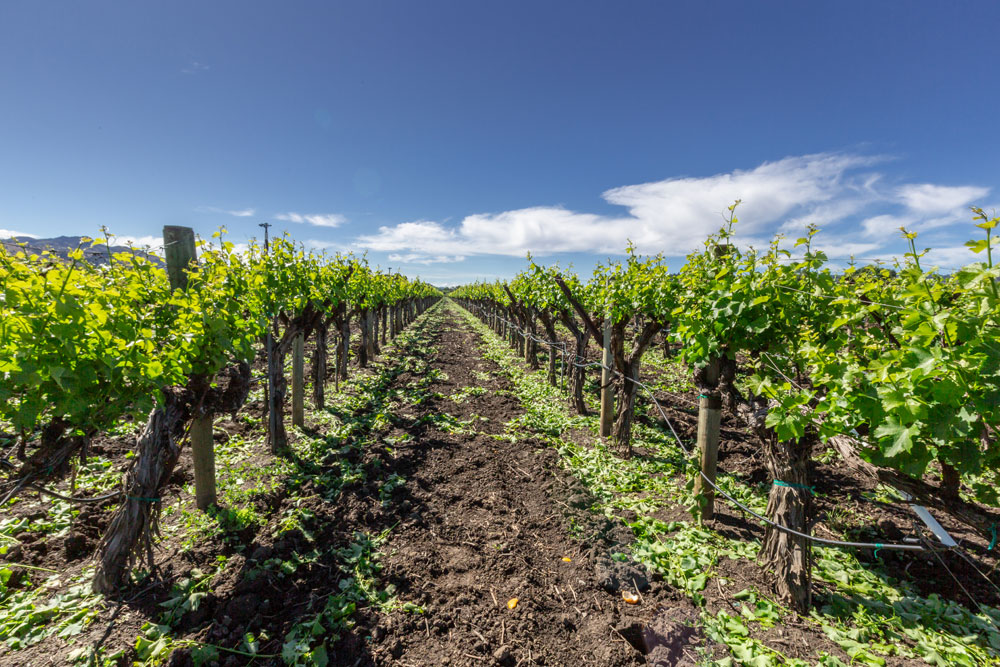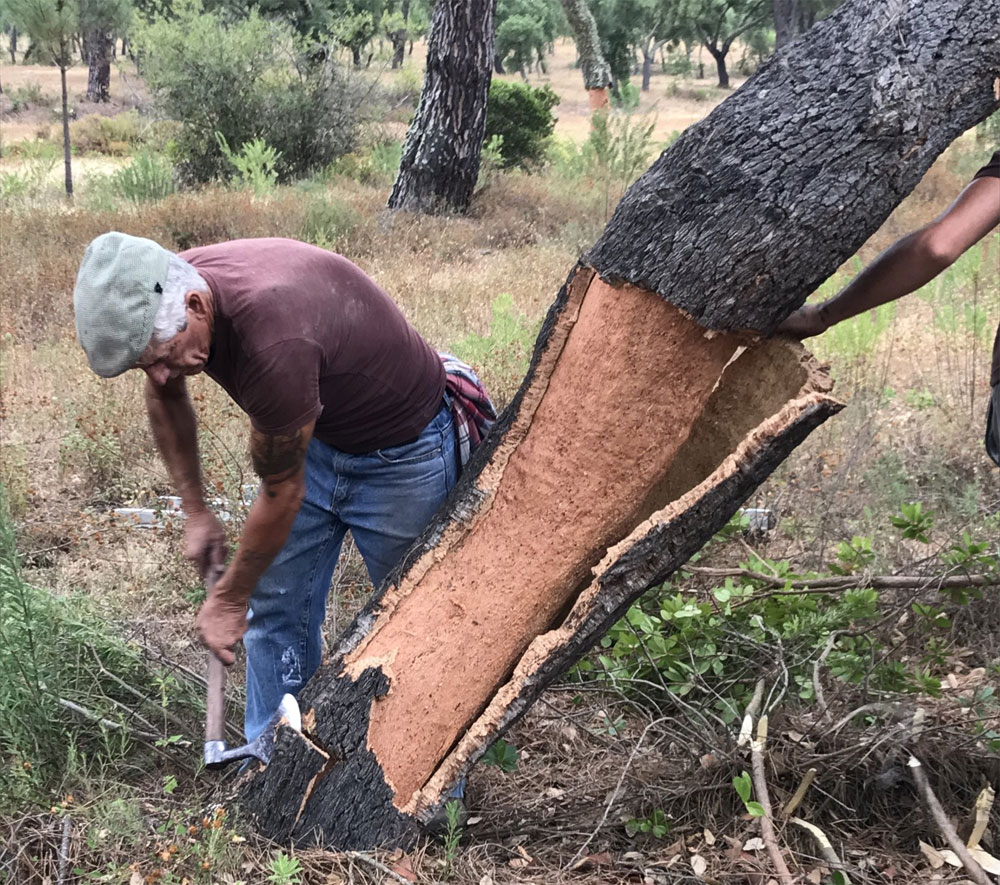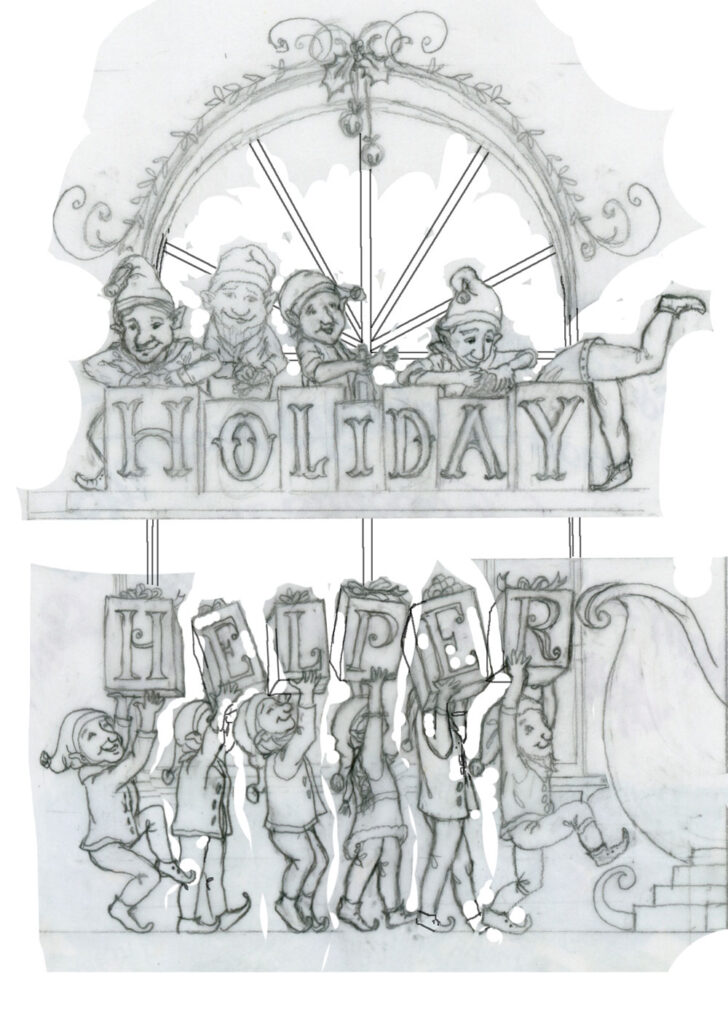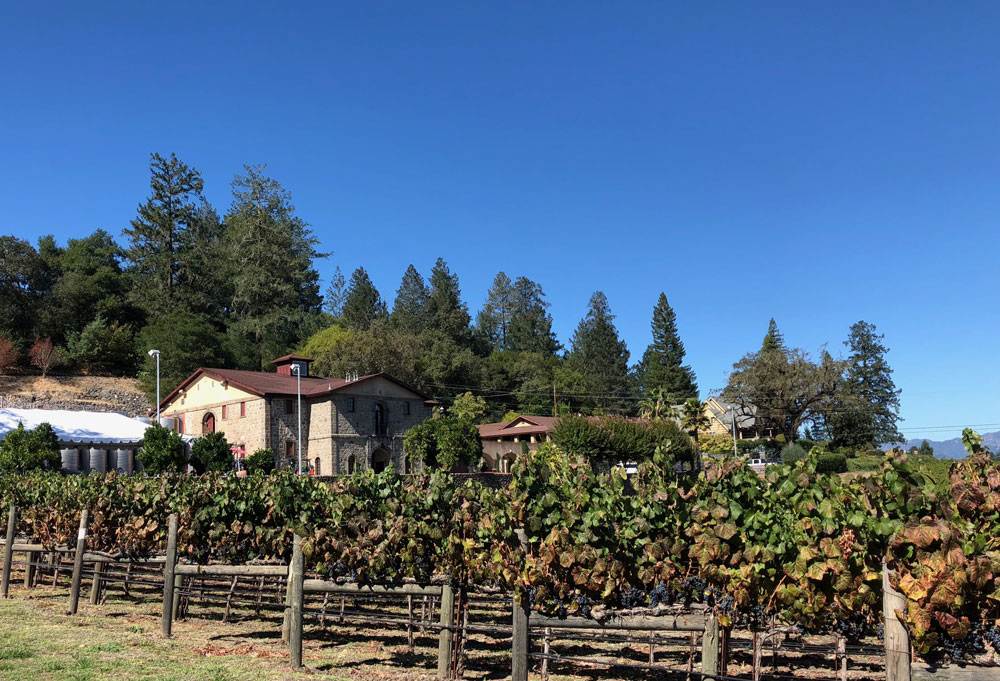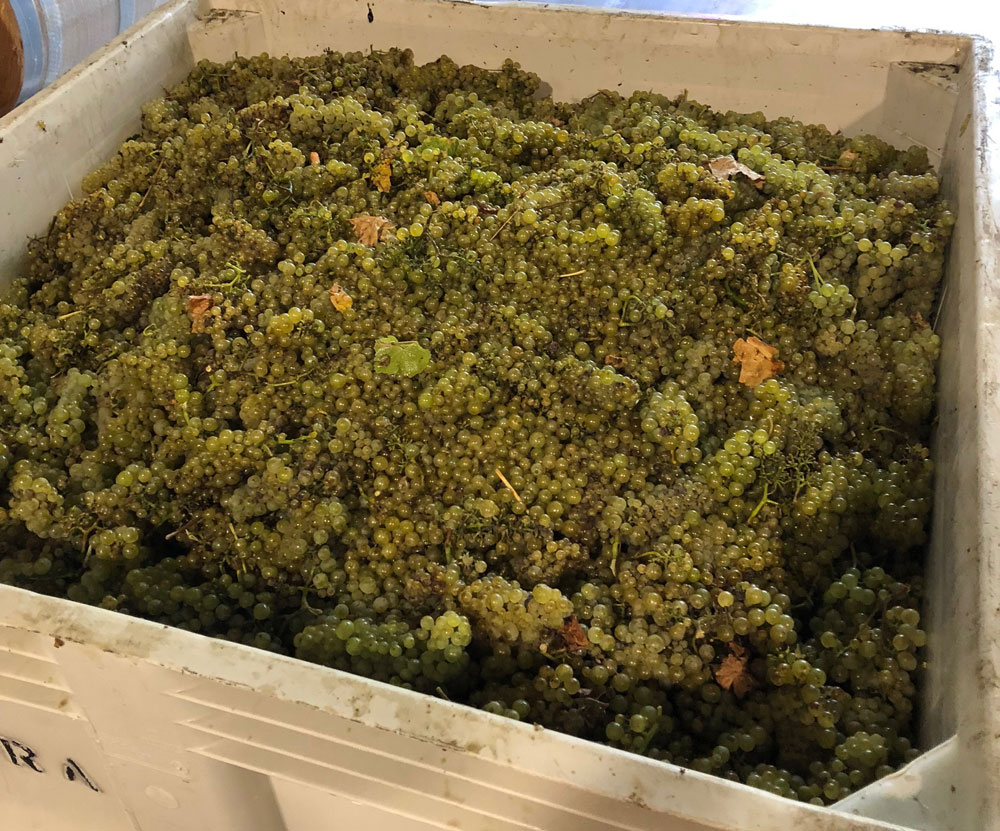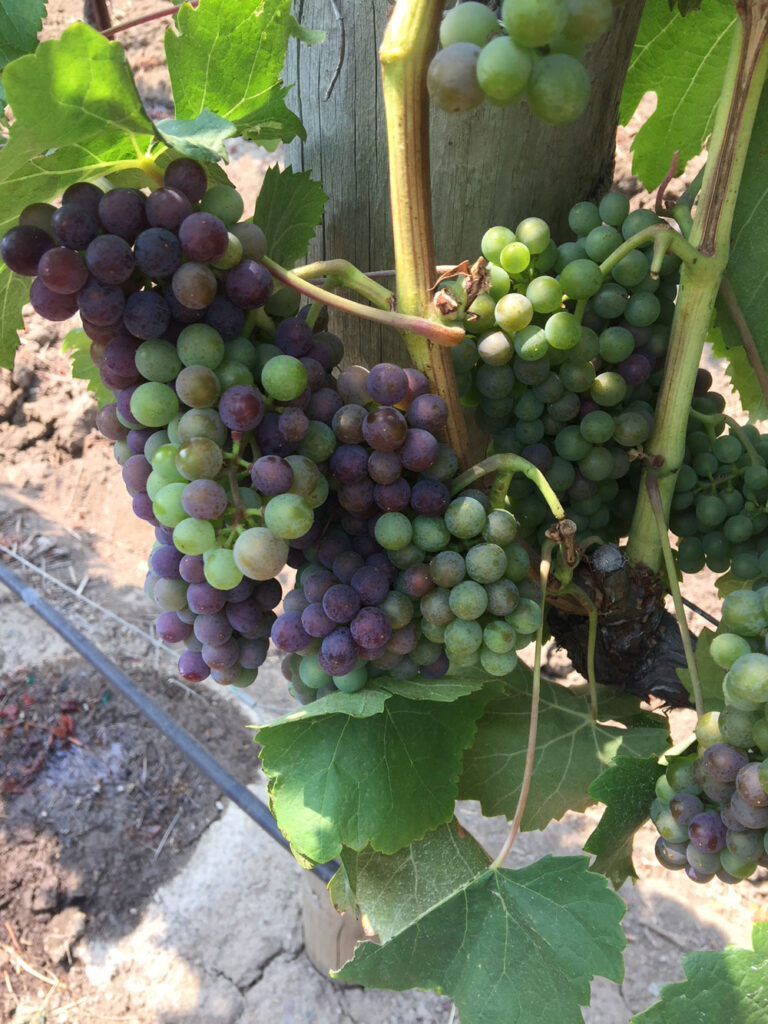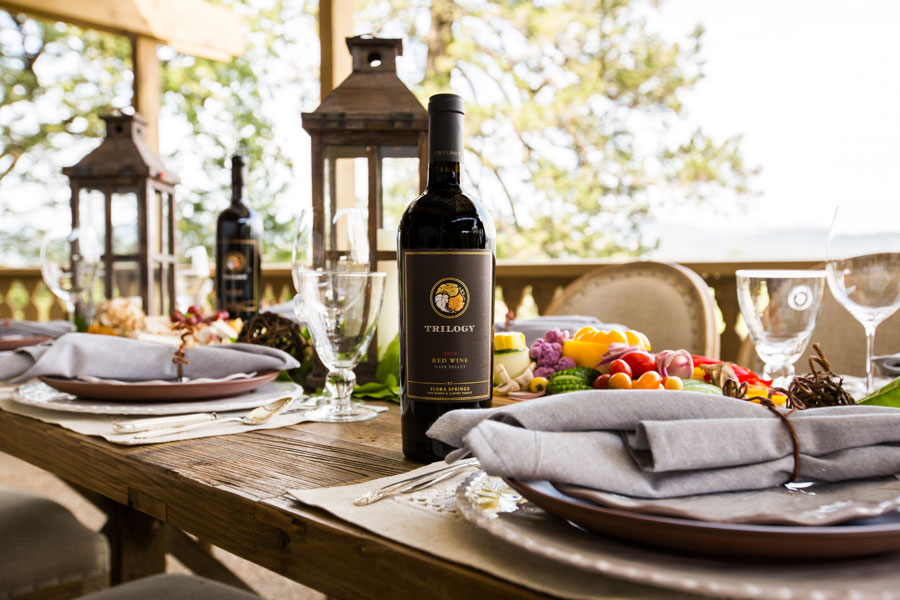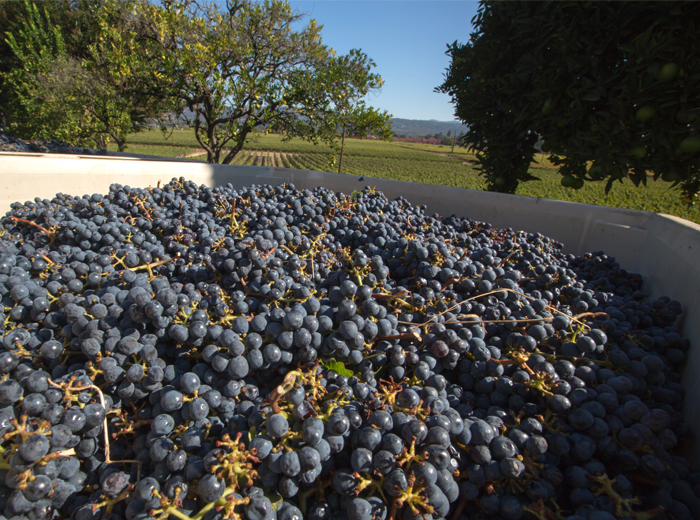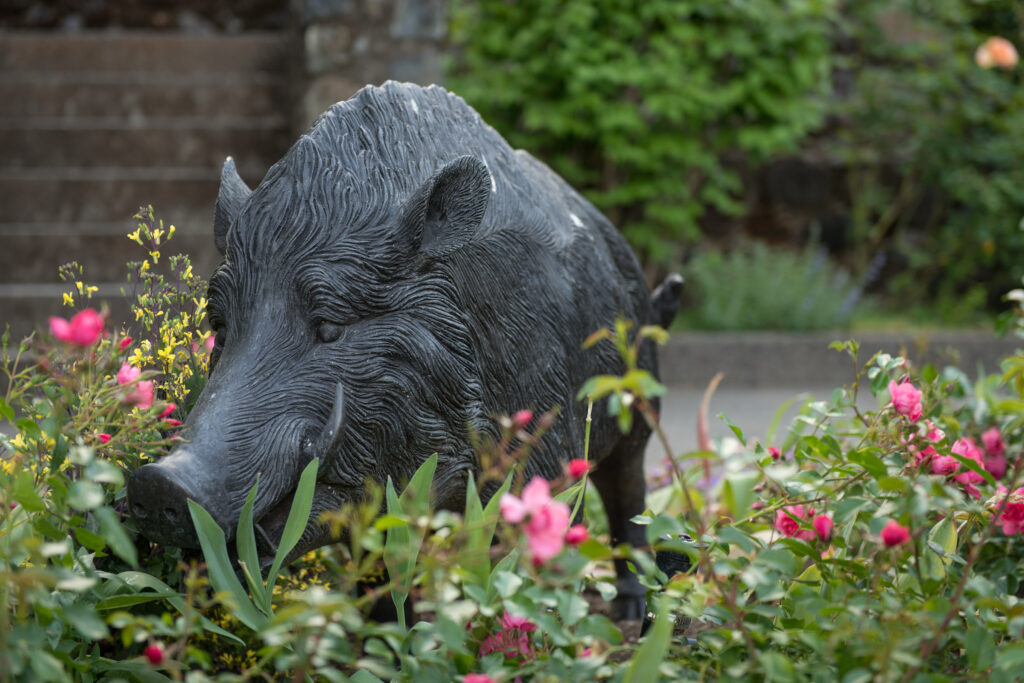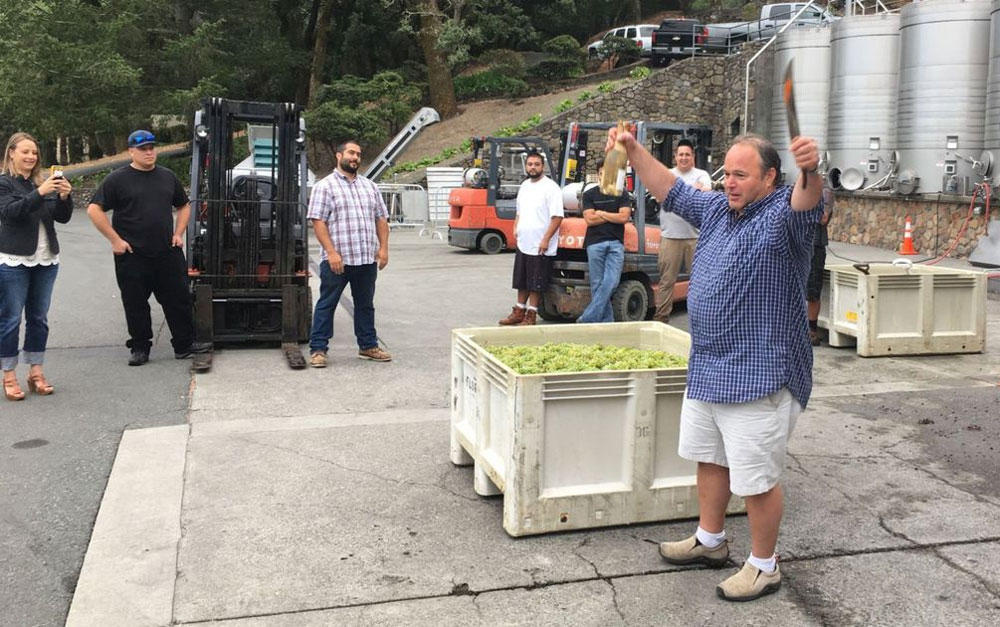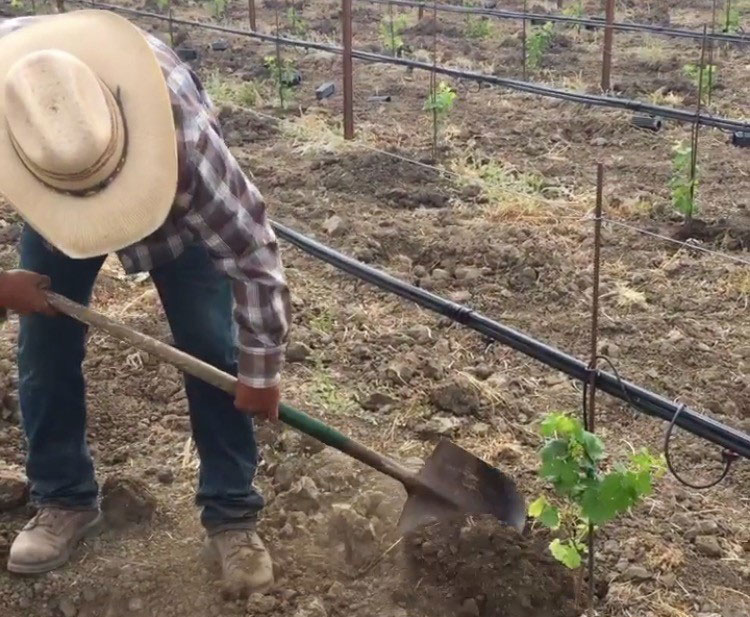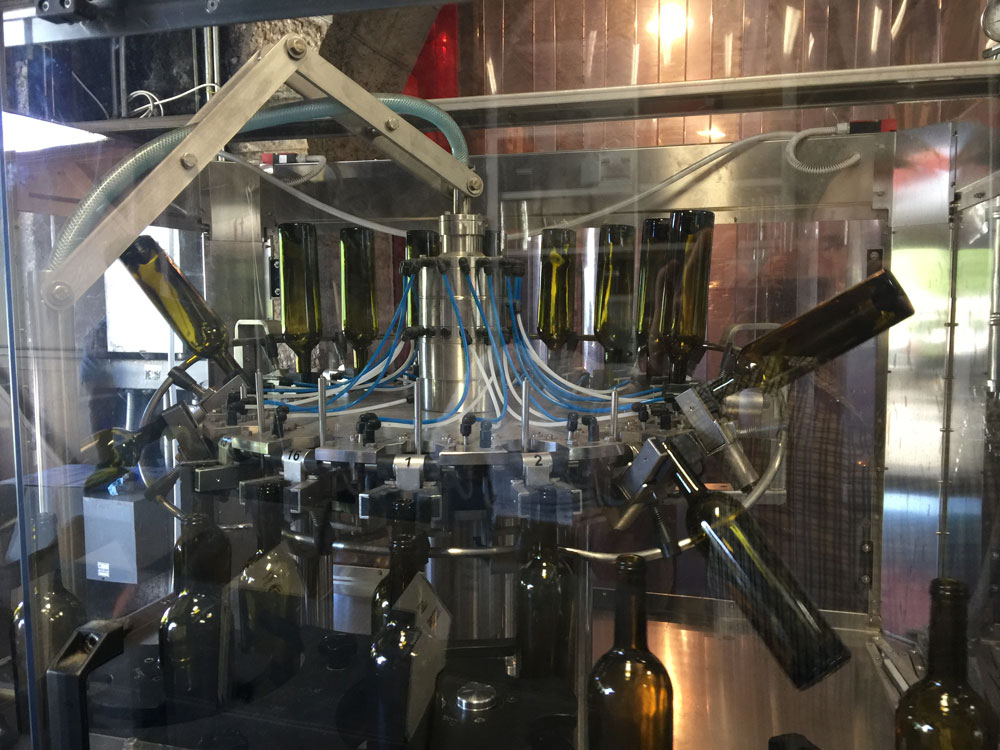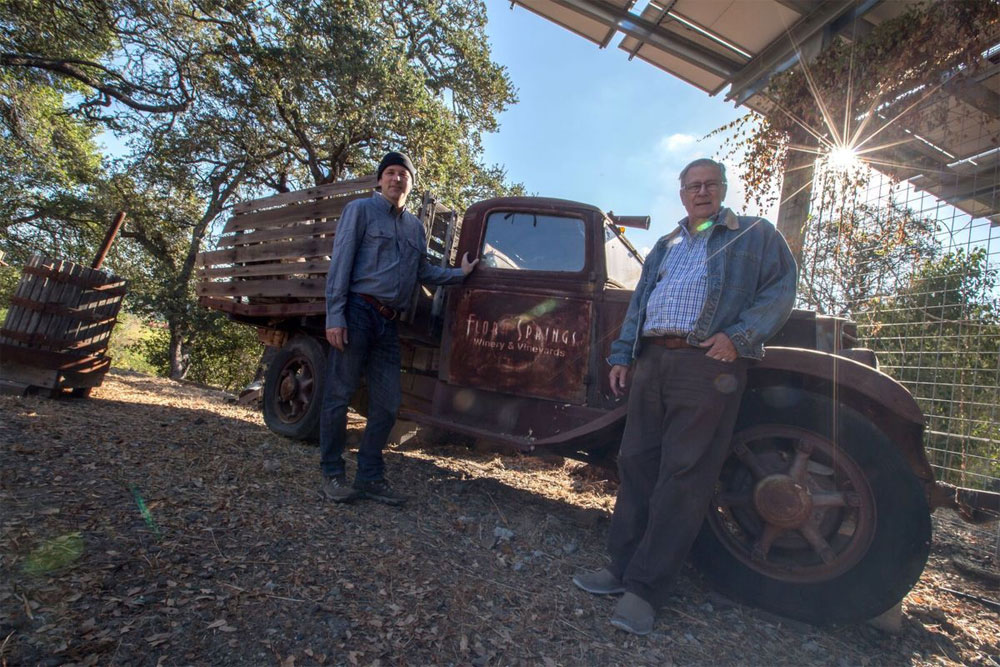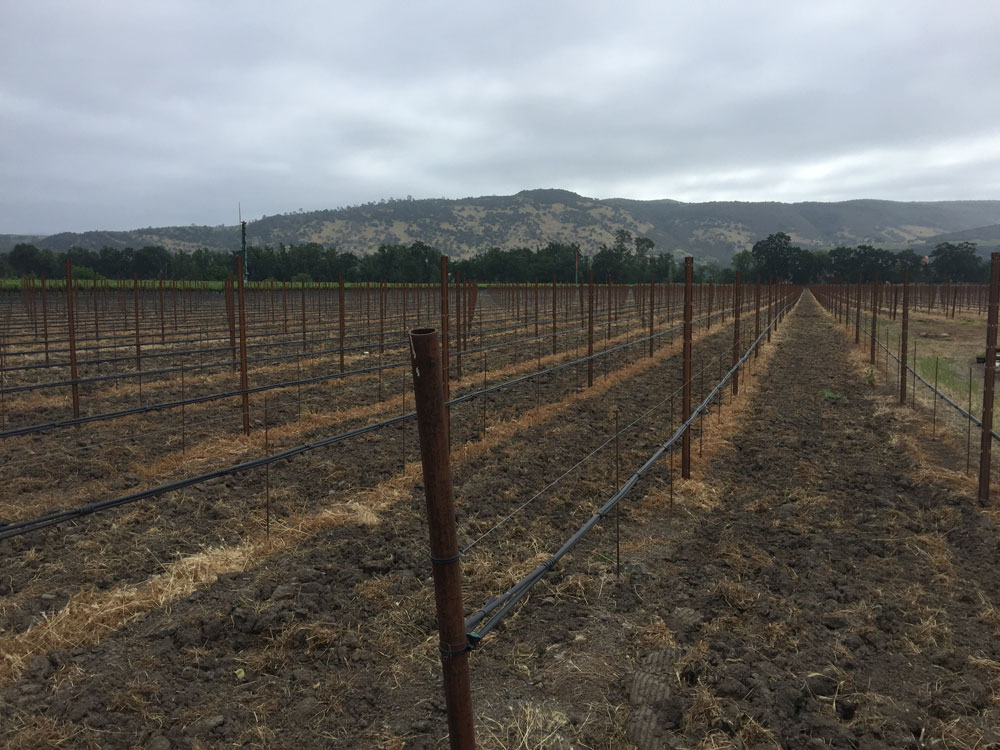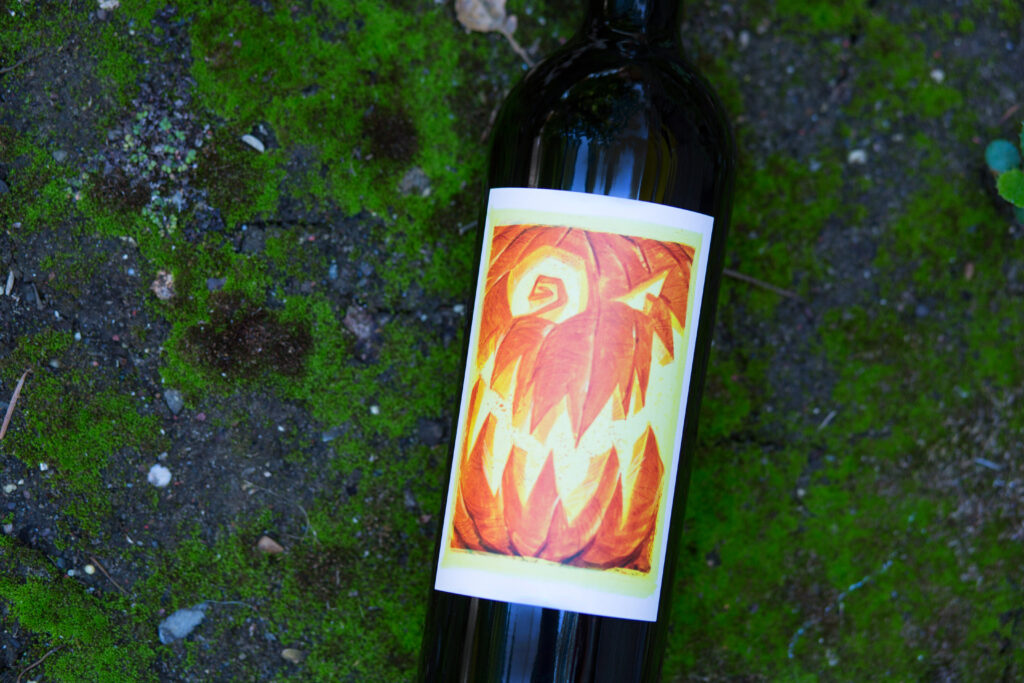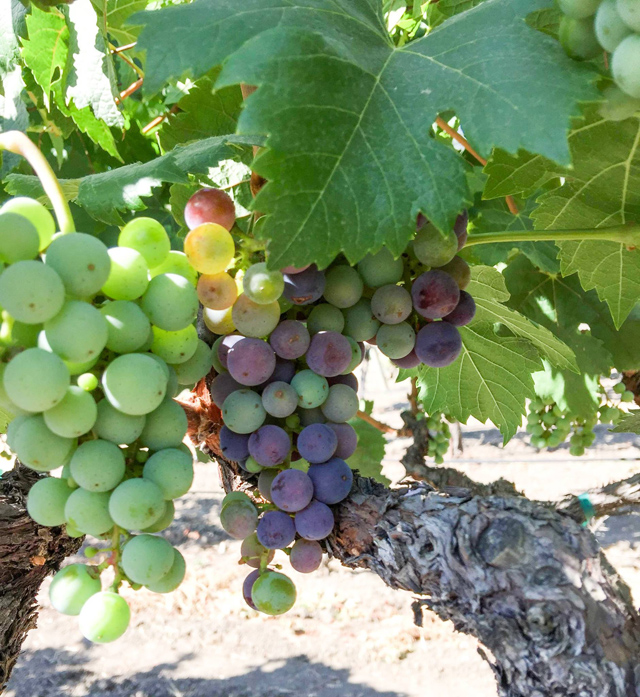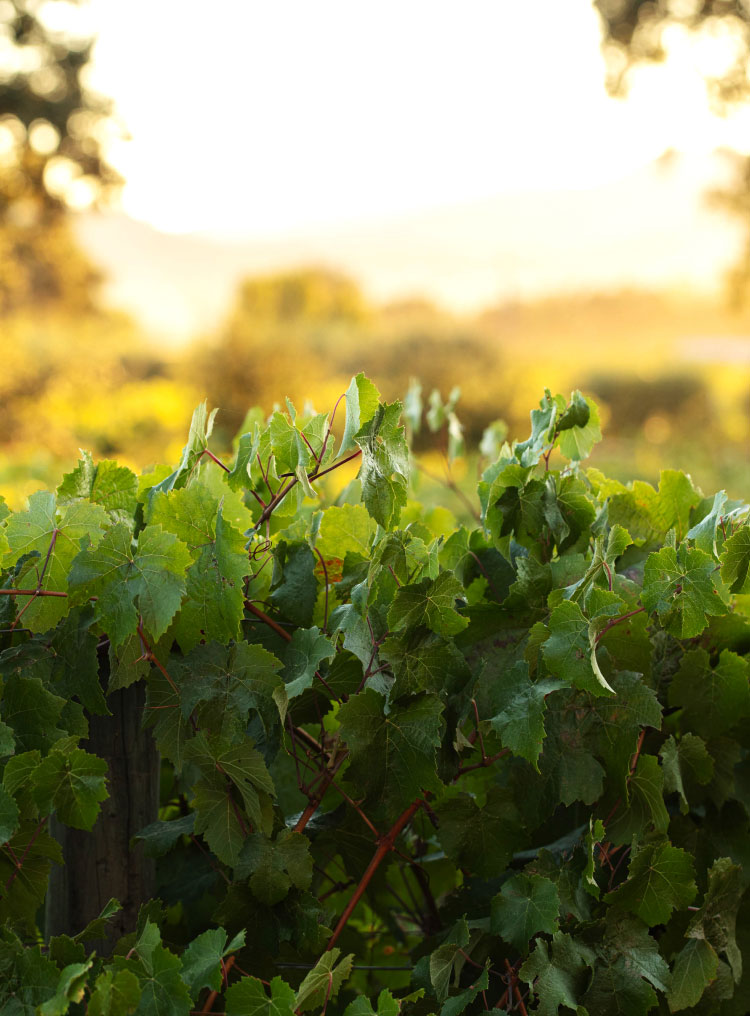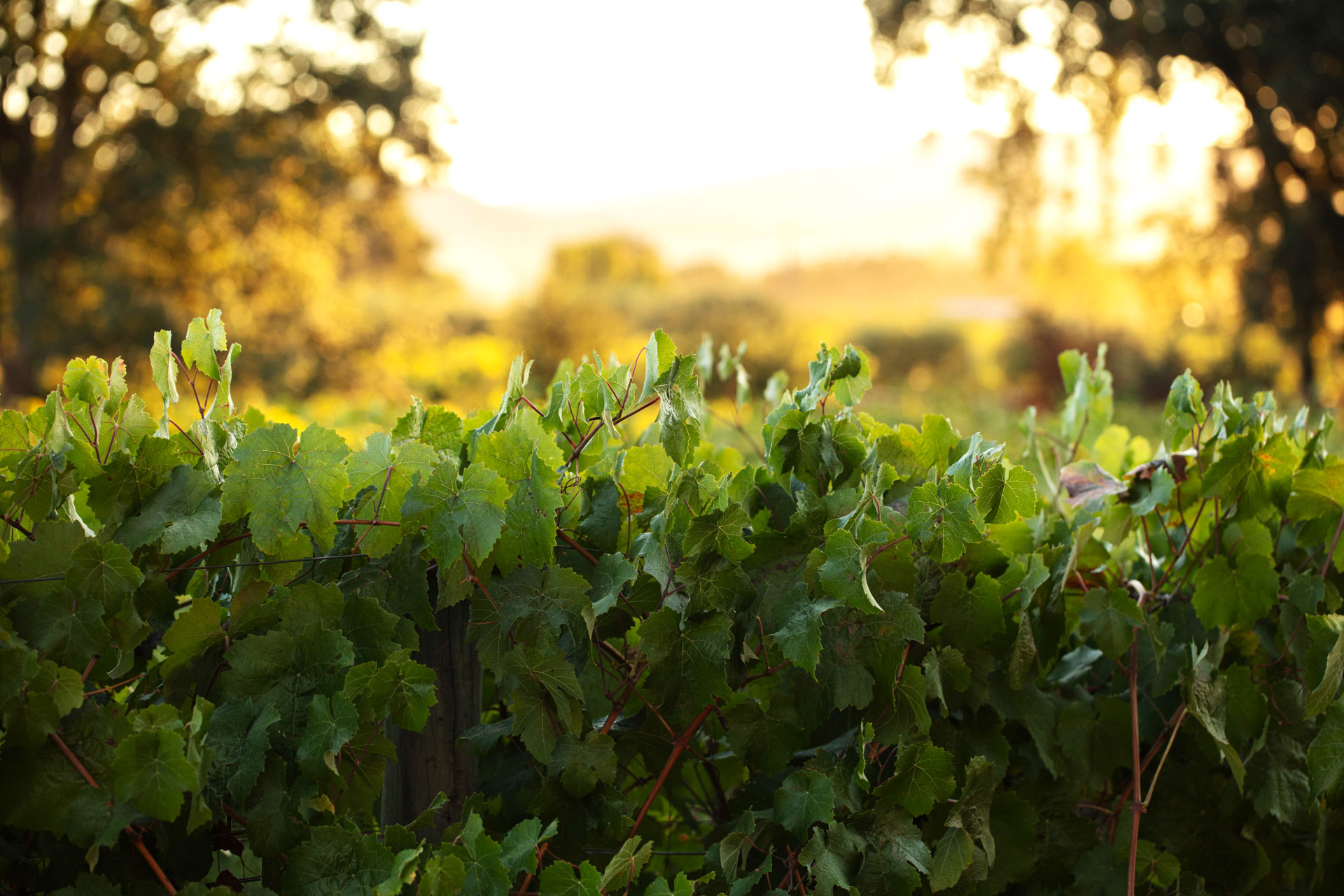Behind the Scenes
June 18, 2024
Flora Springs Is in Bloom for The Summer
August 2, 2023
Celebrate National White Wine Day with Vermentino
May 3, 2023
A Love Affair With Chardonnay
May 2, 2023
Presenting the 2022 Vermentino
November 7, 2022
John Komes on His 44th Napa Valley Harvest
October 15, 2022
Night Harvest
June 30, 2022
This Cabernet’s Aging Capacity Is Out of Sight
May 30, 2022
We Have a Thirst for Conserving Water
December 16, 2021
A Wine Like No Other
July 29, 2021
In the Vineyards
February 19, 2021
The Beginning, Middle and End: The Story of the 2018 Trilogy
January 28, 2021
A Tasting Room for the Senses
October 2, 2020
John & Nat Komes Featured in Napa Valley Register
August 10, 2020
The Places In Between
July 8, 2020
Presenting Dust & Glory
June 15, 2020
Presenting the 2019 Soliloquy: A Singular Wine
June 20, 2019
Vineyard Update from Winemaker Paul Steinauer
May 30, 2019
How are Wine Corks Made?
November 15, 2018
Ruth Harper’s Special Holiday Delivery
November 5, 2018
The Making of the 2016 Holiday Helper Cabernet
October 10, 2018
Harvest 2018: Update #3 from Winemaker Paul Steinauer
September 18, 2018
Harvest 2018: Update #2 from Winemaker Paul Steinauer
July 24, 2018
2017 Trilogy Update
March 23, 2018
The Renewal that Spring Brings
February 22, 2018
The 2017 Vintage: Quality and Resilience
January 24, 2018
How Did Wild Boar Cabernet Sauvignon Get Its Name?
July 21, 2017
Vineyard Update by John Komes
June 20, 2017
Winemaker Update 2017 #3
May 11, 2017
Winemaker Update 2017 #2
July 15, 2016
Harvest 2016 Update #1
September 22, 2014
Harvest 2014 Update #12: Merlot Pump Over
September 4, 2014
